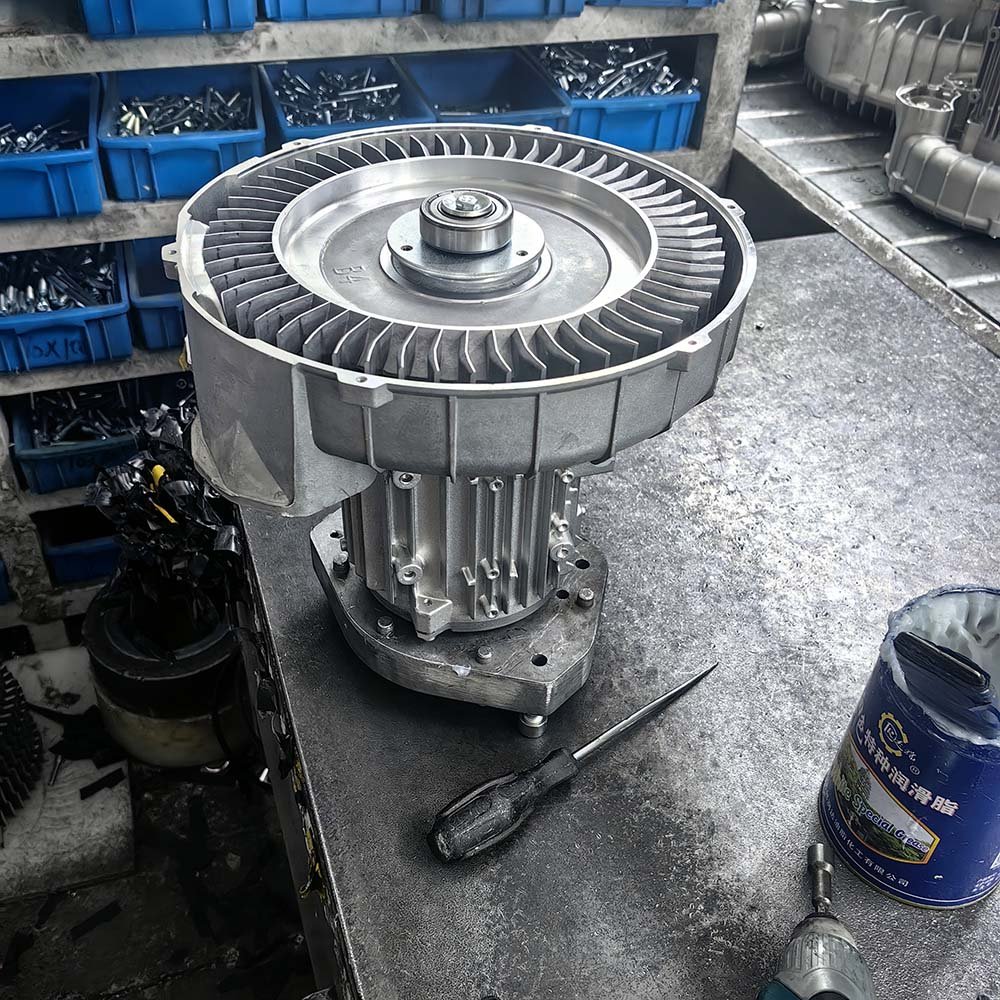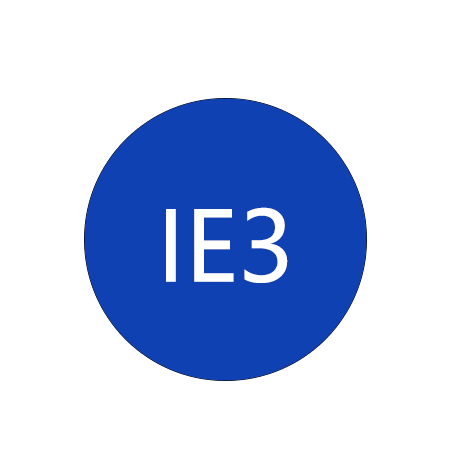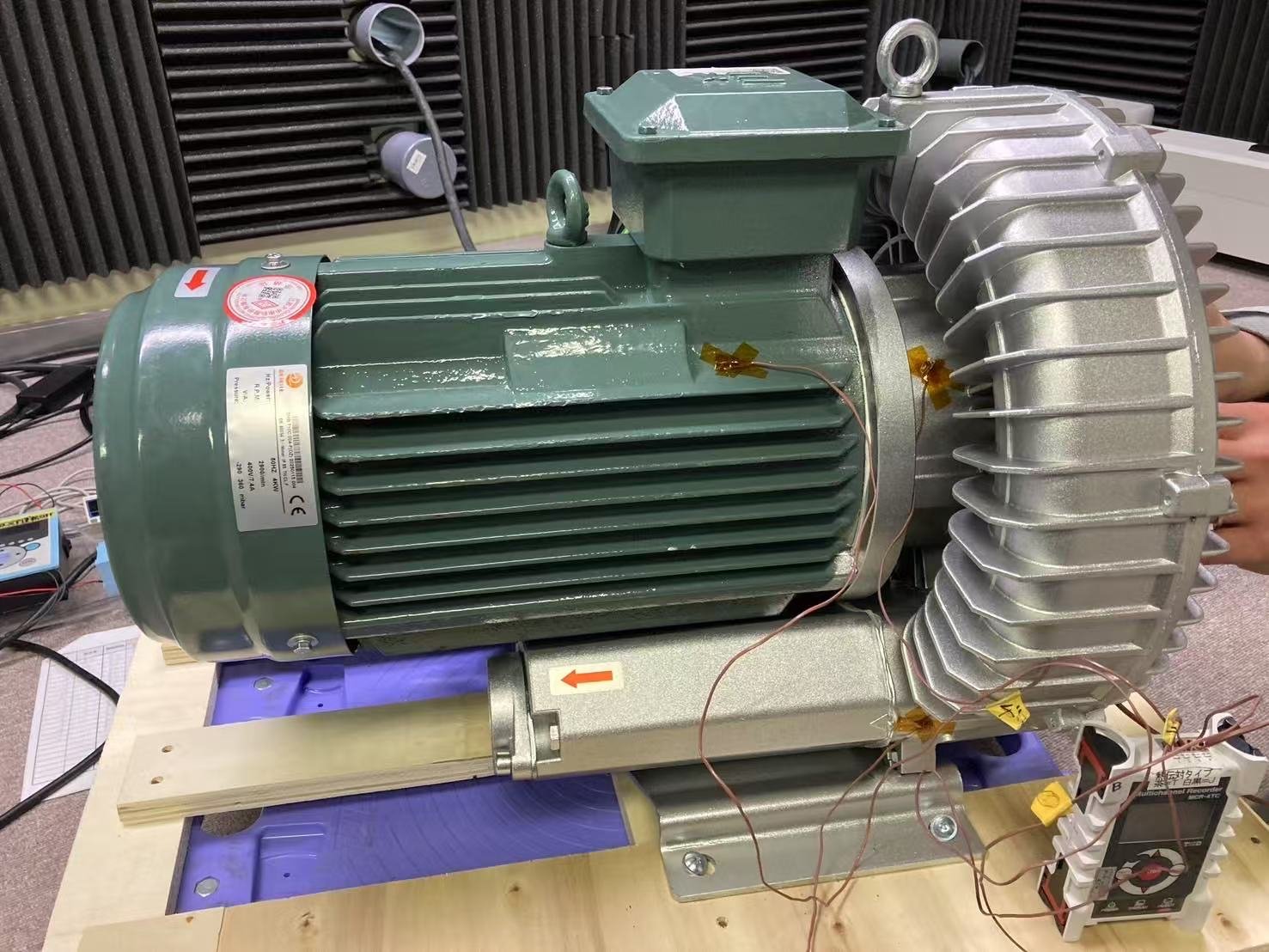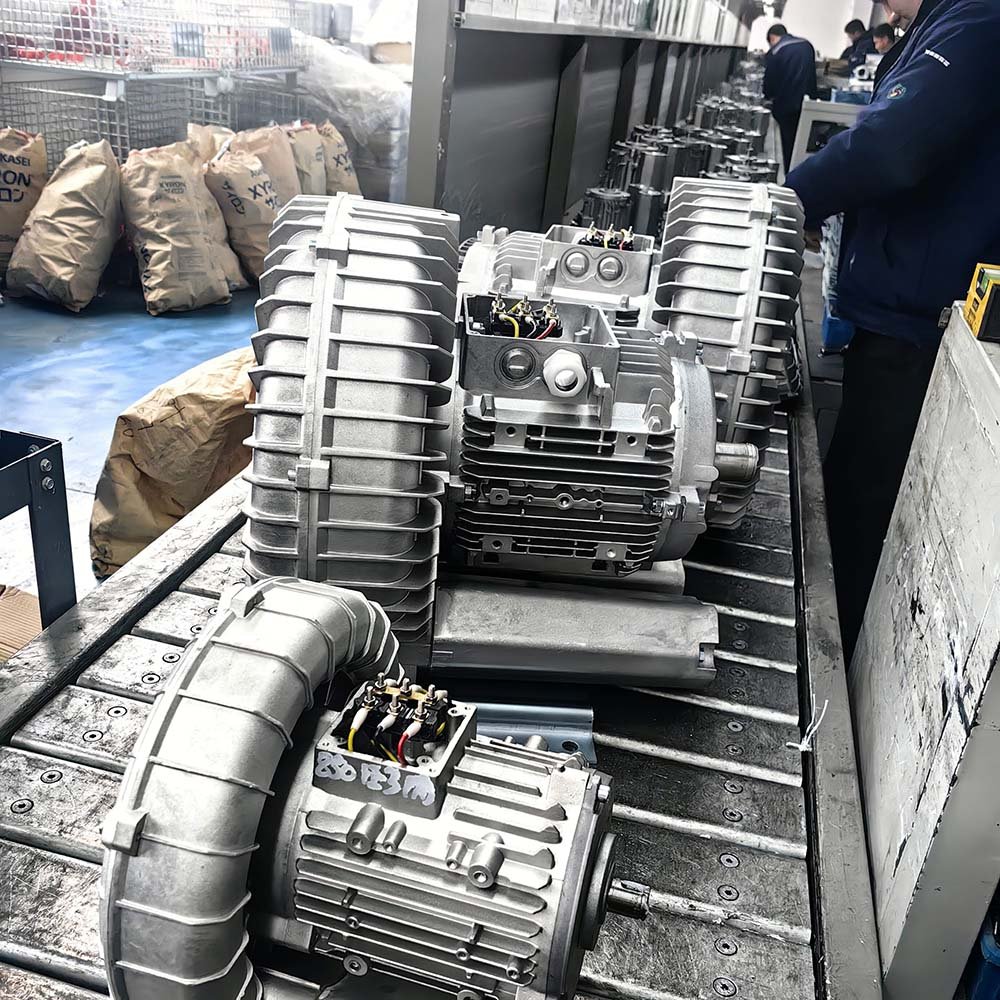Ring blowers are widely applied across industries such as wastewater treatment, pneumatic conveying, and food processing. One of the most critical aspects of evaluating their performance is energy consumption. With growing global emphasis on sustainable energy use, understanding how blowers consume energy and how they are classified under efficiency standards like IE3, IE4, and IE5 is essential. Manufacturers such as Dereike are at the forefront of this transformation, delivering blowers that meet or even exceed international energy efficiency benchmarks.
Energy accounts for the largest share of the operational cost of blowers. In fact, studies show that energy consumption can represent over 70% of the lifecycle cost of an industrial blower. As industries face pressure to reduce carbon footprints and comply with environmental regulations, energy-efficient blowers are no longer optional; they are a strategic necessity. Investing in higher efficiency levels directly translates into cost savings, reduced downtime, and better alignment with corporate sustainability goals.

Ring blowers operate by converting mechanical energy from the motor into kinetic energy in the airflow. The design of the impeller and side channels ensures that the air passes multiple times through the impeller blades, creating pressure differentials. While effective, this repeated circulation consumes considerable power if the blower is not optimized.
A portion of the consumed energy is inevitably lost as heat due to friction between air molecules and blower components. Poorly designed blowers exacerbate these losses, while advanced engineering minimizes them, ensuring more of the motor's input is used for productive airflow.
The motor efficiency class directly influences the blower’s total energy consumption. Motors with lower classifications (IE1 or IE2) waste more energy as heat. By contrast, motors designed to meet IE3, IE4, or IE5 standards ensure minimal losses, delivering maximum air output per kilowatt consumed.

IE3 is recognized globally as the baseline for high-efficiency motors. Many countries, including China, the EU, and the United States, have mandated IE3 as the minimum efficiency requirement for industrial equipment. Ring blowers at this level already provide significant savings compared to outdated IE2 models.
IE4 motors, often referred to as super premium efficiency motors, push performance further. Blowers equipped with IE4-rated motors consume noticeably less electricity, making them highly attractive for industries with continuous operations, such as wastewater treatment plants. Dereike’s ring blowers have achieved this efficiency grade, proving their capability to compete on the global stage.

IE5 represents the cutting edge of motor technology, often achieved through the use of permanent magnet synchronous motors (PMSM) or advanced drive systems. Blowers with IE5 motors are classified as ultra-premium efficiency. Dereike’s explosion-proof(ATEX) blowers are designed to meet IE5 standards, ensuring both safety and maximum energy conservation in hazardous environments.
| Efficiency Class | Full Name | Typical Efficiency | Technology Used | Key Benefits | Typical Applications |
|---|---|---|---|---|---|
| IE3 | Premium Efficiency | ~89–94% (depending on motor size) | Standard induction motors | Meets global minimum standards, lower energy losses than IE1/IE2 | General industrial use, cost-effective upgrades |
| IE4 | Super Premium Efficiency | ~92–96% (depending on motor size) | Optimized induction motors / advanced rotor design | Higher savings on energy bills, less heat generation, longer motor lifespan | Continuous processes like wastewater treatment |
| IE5 | Ultra Premium Efficiency | ~95–98% (depending on motor size) | Permanent Magnet Synchronous Motors (PMSM) or advanced drives | Maximum efficiency, reduced operating costs, best environmental compliance, explosion-proof capability | Hazardous areas, high-demand industries, energy-intensive plants |
Energy-efficient blowers lower electricity bills significantly. Over a machine’s lifetime, the savings from an IE4 or IE5 blower can surpass the initial investment many times over.
Motors with higher efficiency generate less heat and experience reduced wear, leading to longer operational lifetimes and less frequent maintenance.
Meeting carbon reduction targets is a global priority. By using IE4 or IE5 blowers, companies can minimize greenhouse gas emissions and align with ISO and EU environmental standards.
High-efficiency blowers maintain stable airflow with less power input, ensuring processes such as aeration, vacuum lifting, and pneumatic transport run smoothly without interruptions.

Dereike’s dedication to energy optimization has made its products globally competitive. Their IE3 and IE4 certified blowers ensure strong performance across diverse industries, while their explosion-proof IE5 blowers represent the pinnacle of both safety and sustainability. By combining German engineering principles with advanced manufacturing practices, Dereike delivers solutions that cut costs and improve operational reliability.
Understanding ring blower energy consumption is critical for industries aiming to balance operational efficiency with sustainability goals. With advancements in IE3, IE4, and IE5 motor technologies, the opportunities for cost savings and environmental benefits are immense. Manufacturers like Dereike are not only meeting today’s requirements but setting new benchmarks for tomorrow. Choosing high-efficiency ring blowers is more than an investment in equipment—it is a commitment to long-term performance, reduced operating expenses, and corporate responsibility in an energy-conscious world.